XFX GeForce 8800 GTX and eVGA 8800 GTS GPU’s
Image Quality: Texture Filtering
When ATI launched the X1000 series GPU?s last year a shift was made from so-so texture filtering to giving the end user the option of having a high quality option. NVIDIA has been beaten up since that time for ?texture crawling/shimmering? that?s extremely evident when running at higher resolutions on large flat screen panels. This time around NVIDIA took it a step further and provides excellent quality filtering as standard fare for the 8800 series.
Image quality is significantly improved on GeForce 8800 GPUs over the prior generation with NVIDIA?s Lumenex Engine. Check out the below screens of how much improvement has been made this time around.
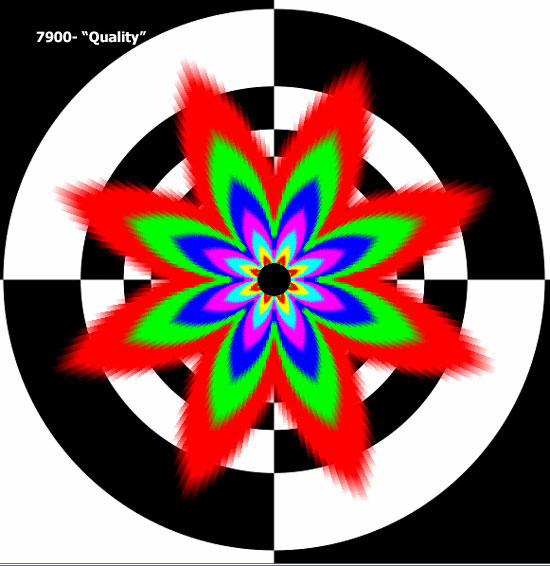
Here we see the default driver setting of “Quality” texture filtering for the 7900 series.
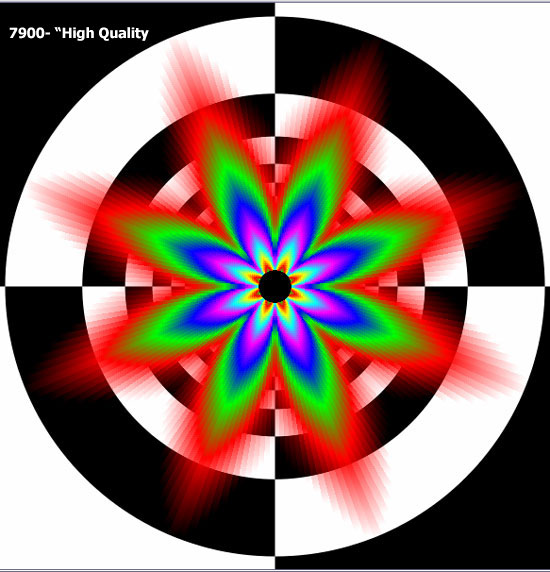
And the “High Quality” driver setting.
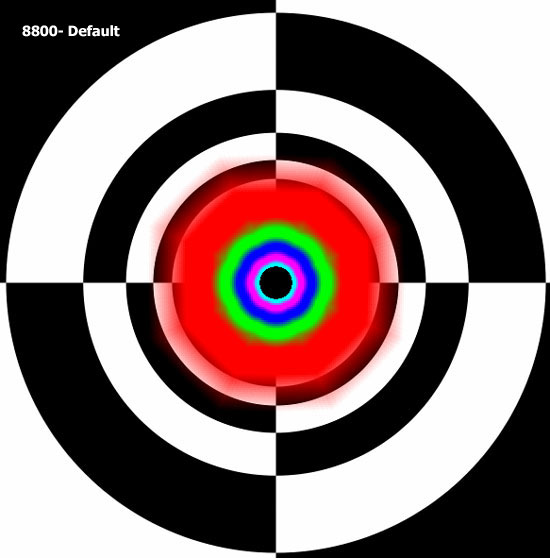
Now with the 8800 series we see NVIDIA has improved their texture quality greatly over the 7900 series.
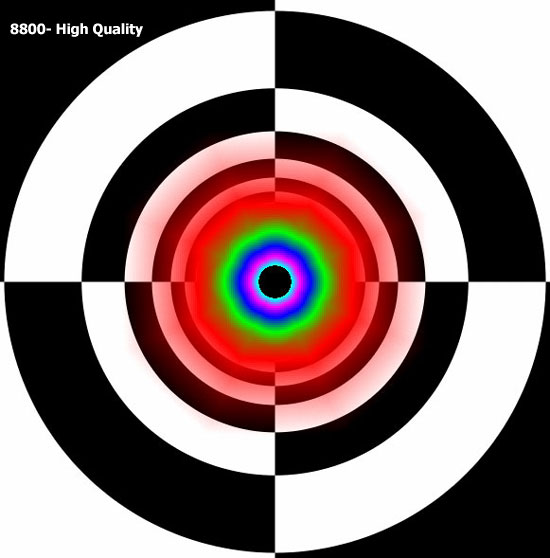
There is little reason to enable “High Quality” within the NVIDIA driver now on the 8800 series as the texture filtering gains are pretty insignificant.
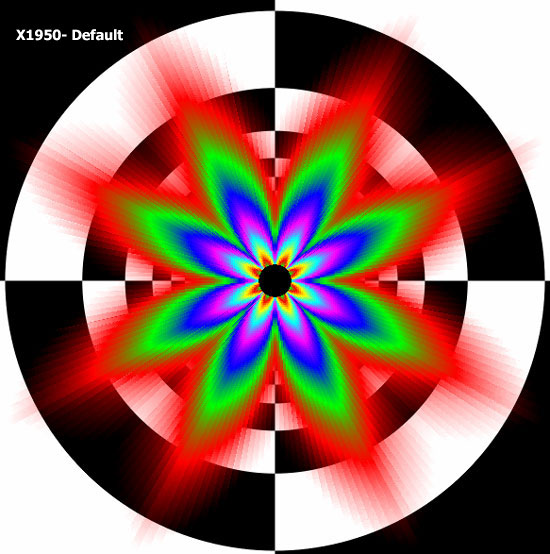
Here is ATI’s standard filtering which isn’t that much better than the standard and HQ from NVIDIA.
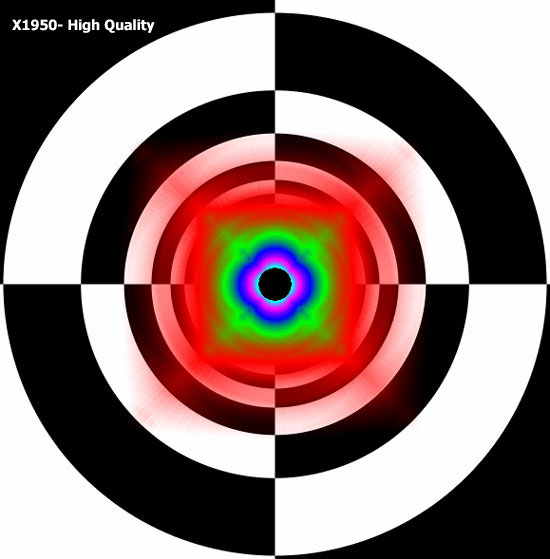
However we see a drastic improvement with HQ filtering enabled. NVIDIA is finally on par and actually surpasses ATI’s HQ.
Anisotropic Filtering (AF) improves the clarity and sharpness of various scene objects that are viewed at sharp angles and/or recede into the distance. One example is a roadway billboard with text that looks skewed and blurred when viewed at a sharp angle (with respect to the camera) when standard bilinear and trilinear isotropic texture filtering methods are applied. Anisotropic filtering (combined with trilinear mip-mapping) allows the skewed text to look much sharper. Similarly, a cobblestone roadway that fades into the distance can be sharpened with anisotropic filtering.

Comments are closed.